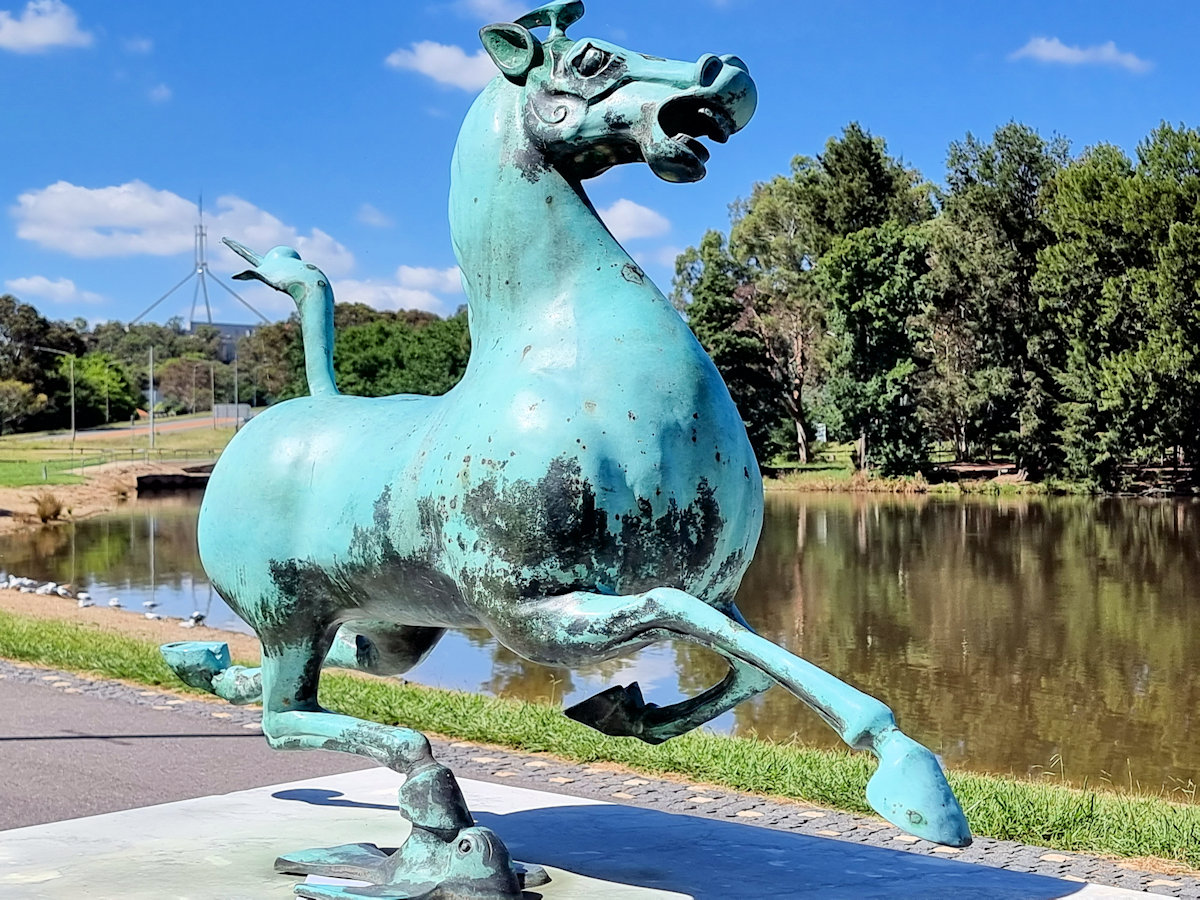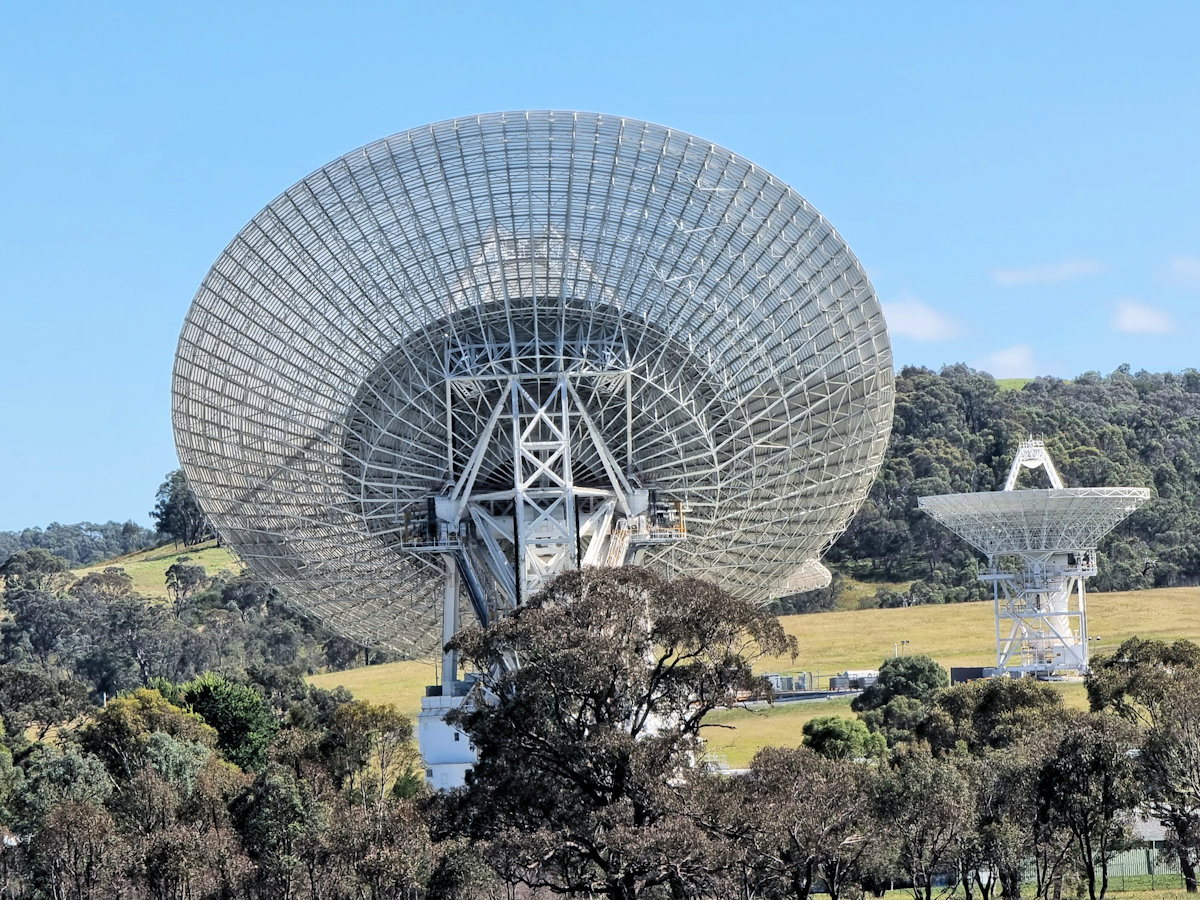Tag: Australian Capital Territory
-
Lennox Gardens Canberra

Lennox Gardens Canberra Located on the shore of Lake Burley Griffin, Lennox Gardens in the Australian capital Canberra has several distinct areas gifted to Australia by foreign governments. Additionally it contains several memorials while being a beautiful place to relax. Nara Peace Park Gifted to the people of Canberra by the Japanese city of Nara,… Read more
-
Mount Stromlo Observatory Canberra

Mount Stromlo Observatory Canberra Devastated by a severe bushfire in 2003, the Mount Stromlo Observatory no longer undertakes active astronomical observations. Instead, it has become the headquarters of the ANU (Australian National University) Research School of Astronomy and Astrophysics. Despite the destruction caused by the bushfire, the ruins of the observatory domes are worth visiting.… Read more
-
Canberra Deep Space Communication Complex

Canberra Deep Space Communication Complex Located a 40-minute drive from the centre of Canberra, ACT Australia, the Canberra Deep Space Communication Complex (CDSCC) is an important part of NASA’s tracking network. Construction at the site in the Tidbinbilla Valley commenced in June 1963 and operations started in December 1964. Chosen due to it’s proximity to… Read more